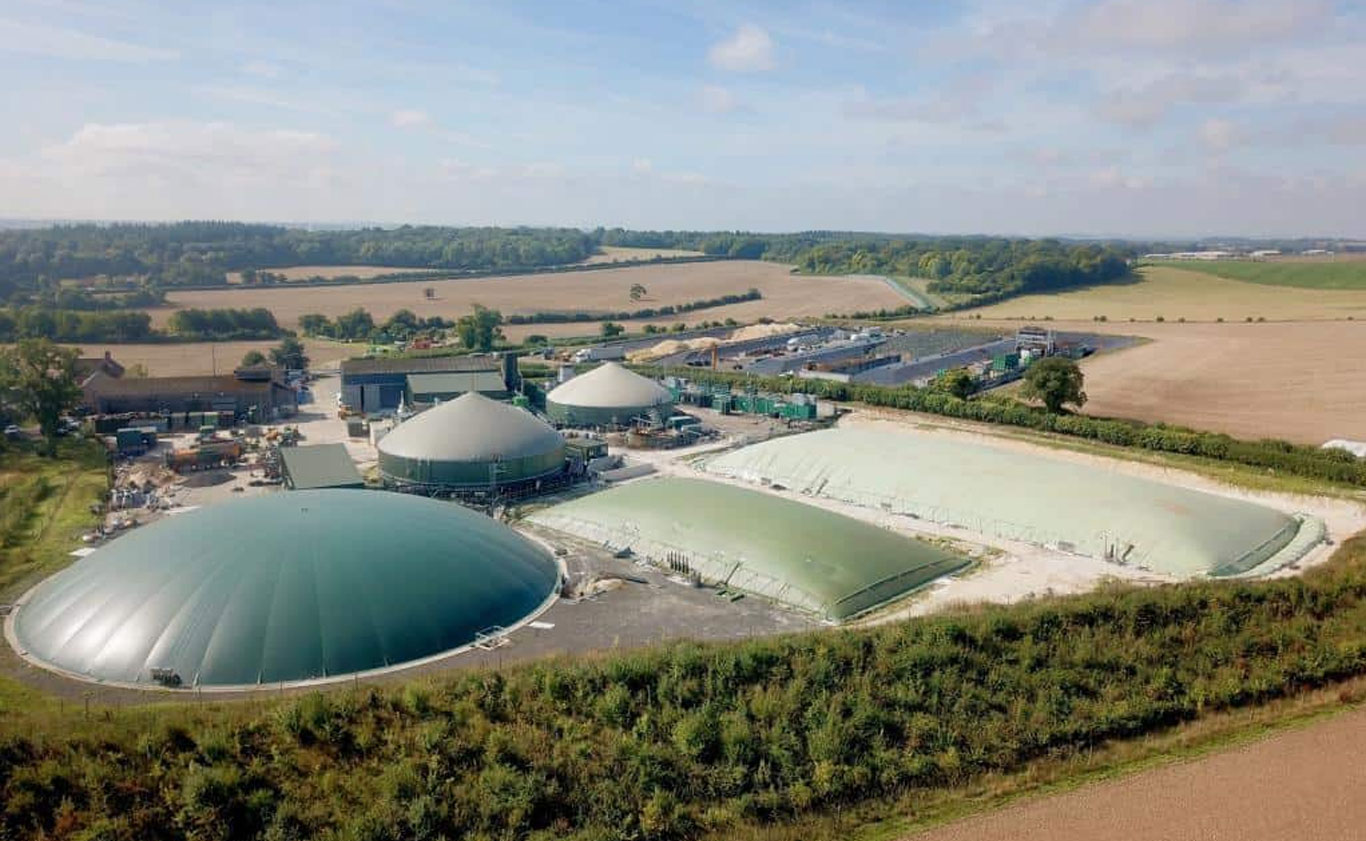
Disadvantages and Challenges of Flexi Tanks
 The flexitank is a liquid bulk package, suitable for storage & transportation of non hazardous liquid products (food & non food).
The flexitank is a liquid bulk package, suitable for storage & transportation of non hazardous liquid products (food & non food).
Flexibags and tank containers both provide bulk liquid solutions. Based on the product you’re transporting and the destination, one method might be more beneficial than the other.
The use of flexitanks is scarcely regulated. The CTU Code primarily contains general, practical advice. However, the use of flexitanks for hazardous goods is forbidden by the CTU Code.
Containers are nearly always used multimodally, i.e., on different types of vehicles as part of a given transport. For this reason, the flexitank in the container must be able to withstand all the transport stresses or loads that are to be expected during sea, road and rail transport and any cargo transfers a given transport may entail.
Disadvantages and Greatest Challenges
- The smallest production errors in the flexitank may lead to a total loss.
- The smallest process errors in installation or filling may potentially lead to a total loss.
- The use of flexitanks is significantly more complex than presented by the manufacturers.
- Root cause analysis in the event of a claim is difficult.
- In particular, it is difficult to distinguish a defect caused by transport or by an inappropriate container from a defect inherent in the product.
Know More About - Flexi Tanks
Get Your Free Quote Today!
Tell us about your project needs and we'll provide a custom quote tailored to your specific requirements.
